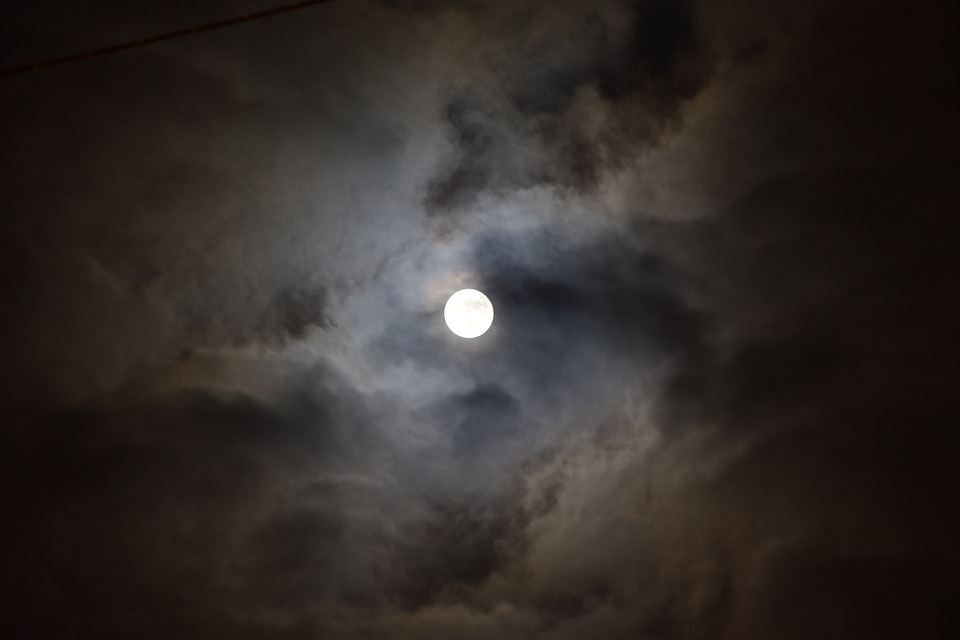The Rise of Midnight Screenings: How They Became a Pop Culture Phenomenon
Introduction
Midnight screenings have become a popular phenomenon in pop culture over the past few decades, attracting devoted fans and creating a unique movie-going experience. What started as a niche event has now become a widespread trend, with theaters across the country hosting midnight screenings for highly anticipated films. In this article, we will explore the origins of midnight screenings, their evolution into a pop culture phenomenon, and the impact they have had on the film industry.
Origins of Midnight Screenings
The concept of midnight screenings can be traced back to the 1970s, when cult films and classic movies began to gain a following among dedicated fans who wanted to see them on the big screen. The Rocky Horror Picture Show is often credited as one of the first films to have regular midnight screenings, with audiences dressing up in costume and participating in interactive performances during the film.
As the popularity of midnight screenings grew, theaters began to host special late-night showings of new releases, particularly for highly anticipated films or blockbusters. These screenings allowed die-hard fans to be among the first to see the film and created a sense of excitement and anticipation that was not present in a traditional movie-going experience.
The Evolution of Midnight Screenings
In the 1990s and early 2000s, midnight screenings became more common, with theaters holding late-night showings of popular films like The Lord of the Rings trilogy and the Harry Potter series. These screenings appealed to fans who wanted to see the film as soon as possible and be part of the cultural conversation surrounding it.
As social media and internet culture grew, so did the popularity of midnight screenings. Fans would gather online to discuss and speculate about upcoming films, creating a sense of community and excitement around the midnight screening experience. Many theaters began to offer special merchandise or giveaways for attendees of midnight screenings, further enticing fans to attend these late-night showings.
The Impact on the Film Industry
Midnight screenings have had a significant impact on the film industry, particularly in terms of marketing and box office revenue. Studios now view midnight screenings as a key component of a film’s marketing strategy, with many blockbuster films holding late-night showings to build buzz and generate excitement among fans.
The success of midnight screenings has also contributed to the rise of event cinema, where theaters offer special screenings of classic films, concerts, or live events to attract audiences. Event cinema has become a lucrative business for theaters, with fans willing to pay premium prices for unique and immersive movie-going experiences.
In addition to the financial impact, midnight screenings have also become a cultural touchstone, with fans forming communities and traditions around their favorite films. The Rocky Horror Picture Show, in particular, has become a cultural phenomenon, with midnight screenings still taking place around the world and attracting devoted fans who continue to dress up and participate in interactive performances.
Conclusion
Midnight screenings have come a long way from their humble beginnings as a niche event for cult films and classic movies. Today, they are a pop culture phenomenon that attracts devoted fans and creates a unique movie-going experience. From the origins of midnight screenings in the 1970s to their evolution into a widespread trend in the 21st century, these late-night showings have had a significant impact on the film industry and on popular culture as a whole.
As theaters continue to host midnight screenings for highly anticipated films and blockbusters, the tradition of staying up late to be among the first to see a movie on the big screen shows no signs of slowing down. Midnight screenings have become a beloved part of the movie-going experience for fans of all ages, and they continue to inspire excitement and anticipation for films old and new.
